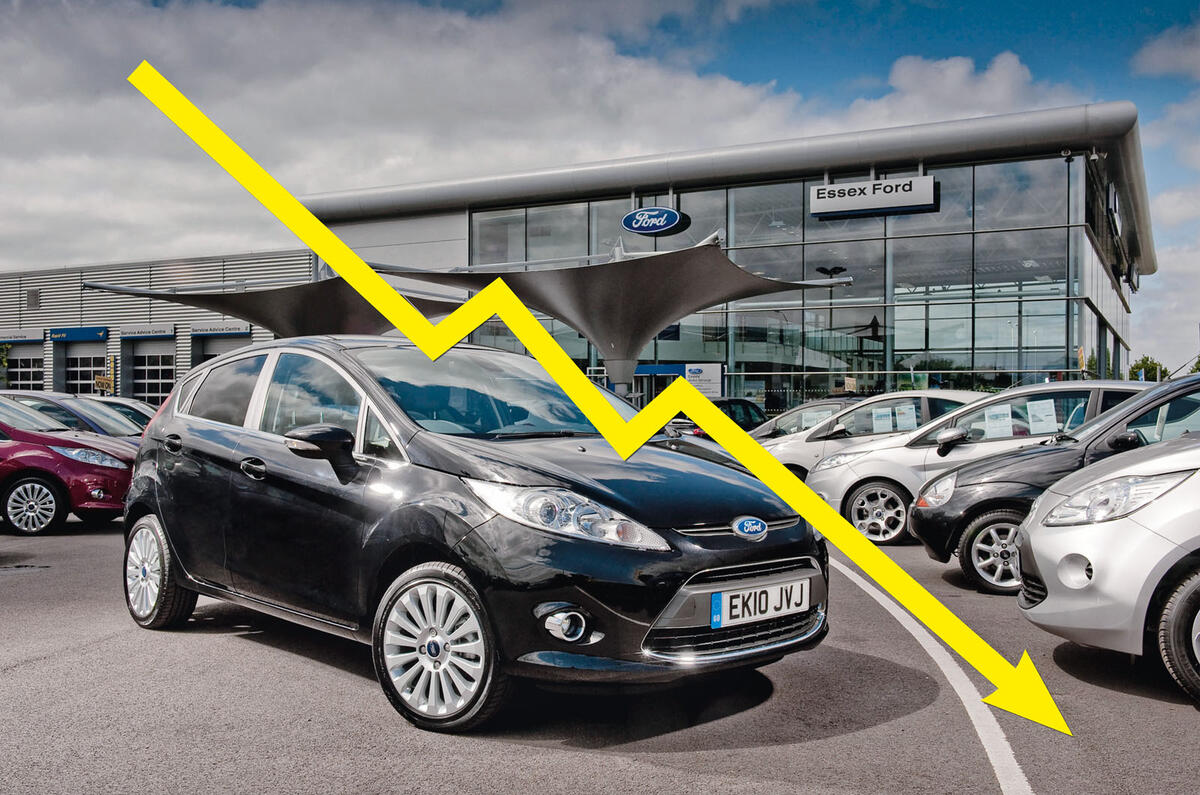Breath held, fingers crossed: after months of record profits, car retailers are currently hoping for the best and preparing for the worst – and if they were offered the choice, they would probably be happy with something in between.
Most notably, we’re at a curious moment for the used car market, with prices slowly but surely trending downwards despite supply being historically tight and demand reasonably high.




Add your comment